Interested in our services
Contact our experts to provide further information



Lactylation is a new type of post-translational modification, first described by Professor Yingming Zhao of the University of Chicago in 2019. Research has shown that lactic acid, a metabolic byproduct, can serve as a precursor for lactylation modification of histone lysine. This modification plays a role in regulating the steady-state of M1 macrophages infected by bacteria, and is implicated in the regulation of inflammation, cancer, and other diseases. The results of this research were published in Nature, and have expanded our understanding of metabolic regulation, sparking increased interest in lactic acid research.
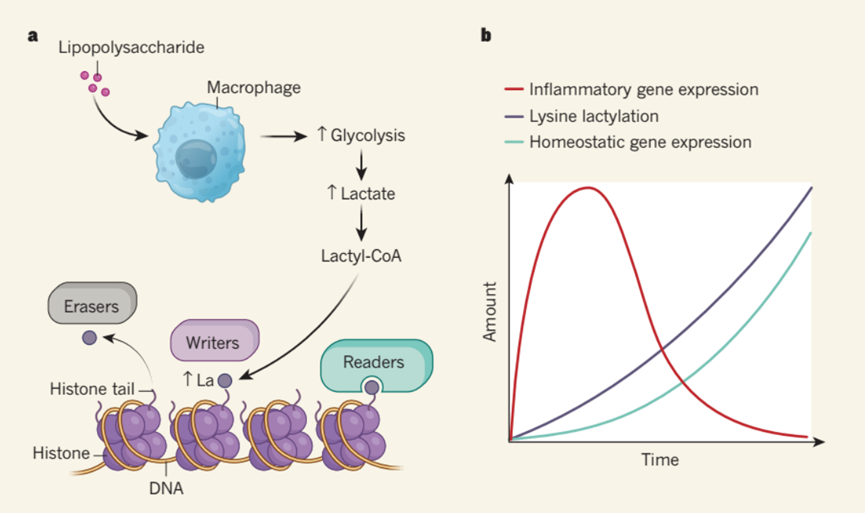
For a long time, lactic acid has been considered a "waste" product of cellular respiration and metabolism under anaerobic conditions. However, emerging evidence in recent years suggests that lactic acid can also play a role in metabolic regulation as a major recyclable carbohydrate fuel in mammals. Tumors have their unique energy metabolism characteristics, known as the Warburg effect, where even under aerobic conditions, tumor cells tend to obtain energy through glycolysis, resulting in a large accumulation of lactic acid.
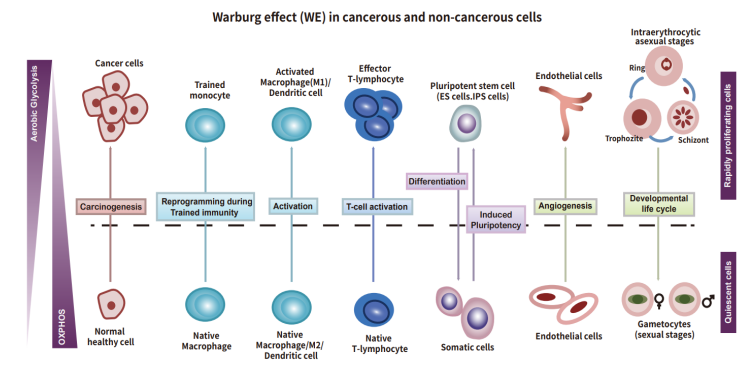
Aerobic glycolysis is a well-established marker of cancer and a characteristic feature of cell disorders, including cancer, inflammation, and autoimmune diseases, as well as physiological regulatory processes such as T cell activation and angiogenesis, and the rapid proliferation of pluripotent cells. The Warburg effect also plays a crucial role in the developmental stages of rapidly proliferating parasites such as Plasmodium and Toxoplasma gondii. In addition, aerobic glycolysis and the secretion of organic acids are common in most fast-growing microorganisms, such as yeast and Escherichia coli. Hence, when rapid transient action is necessary, and respiration tends to support long-term composition processes, cells adopt aerobic glycolysis.
In both physiological and pathological contexts, the Warburg effect can be observed in many rapidly proliferating cells, including but not limited to T cell activation, macrophage polarization, malaria life cycle development, angiogenesis, embryonic stem cell differentiation, induction of pluripotent stem cells, and other processes.
1. Tumor microenvironment
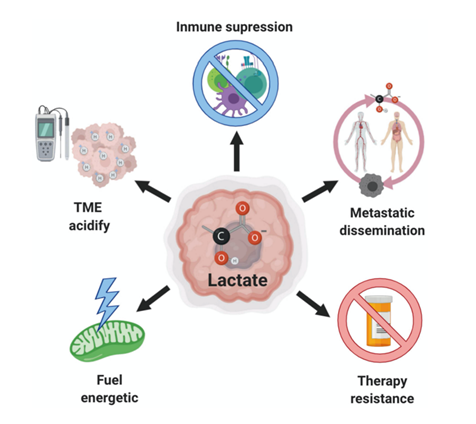
2. Mechanism Study
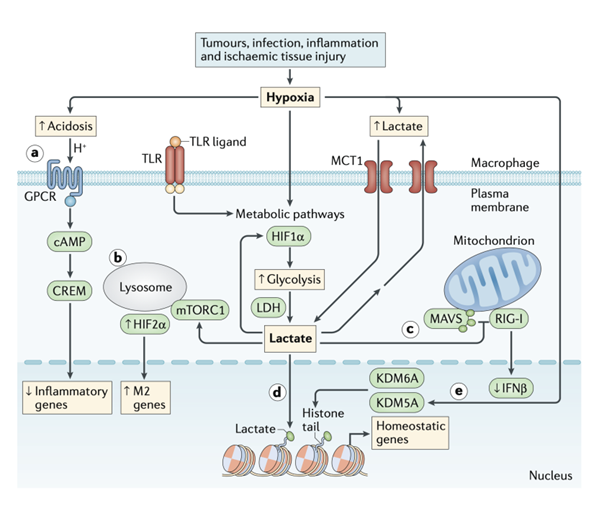
3. Study of new mechanisms and targets of drug
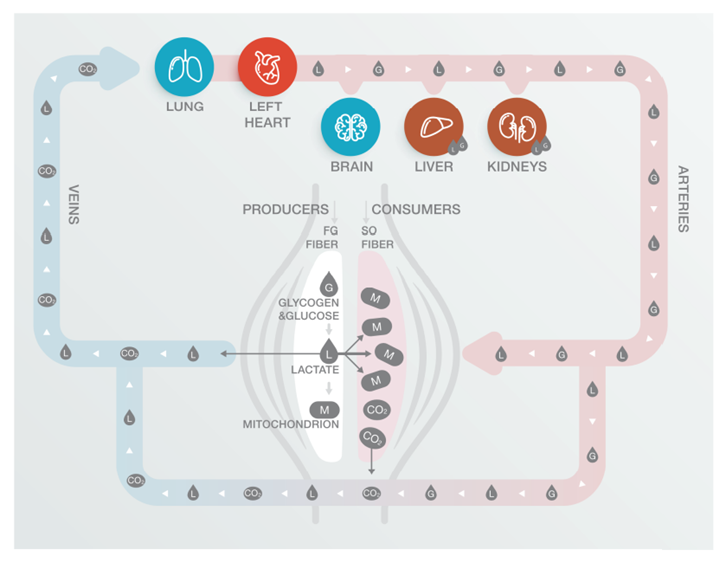
1. Epigenetics: histone lactation modification can promote the transcription and activation of glycolysis related genes, form a "metabolism apparent metabolism" cycle, and ultimately affect the homeostasis of nerve cells and participate in the occurrence and development of nervous system diseases.
Cell metabolism:Positive feedback regulation of microglial glucose metabolism by histone H4 lysine 12 lactylation in Alzheimer’s disease.
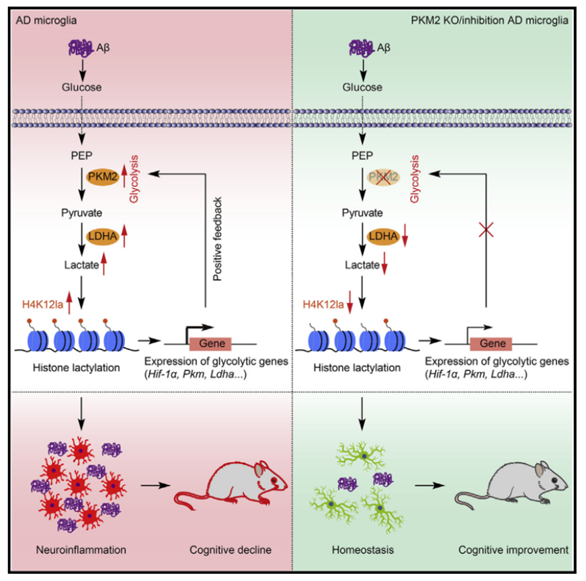
2.Tumor proliferation: during the proliferation of many cells in the body, the aerobic glycolysis function shows an enhanced trend, which leads to a significant increase in the content of lactic acid (Warburg effect). The accumulation of lactic acid in this process will promote the level of protein lactation modification, thus further affecting the occurrence and development of tumors.
Genome Biology: Histone lactylation drives oncogenesis by facilitating m6A reader protein YTHDF2 expression in ocular melanoma.
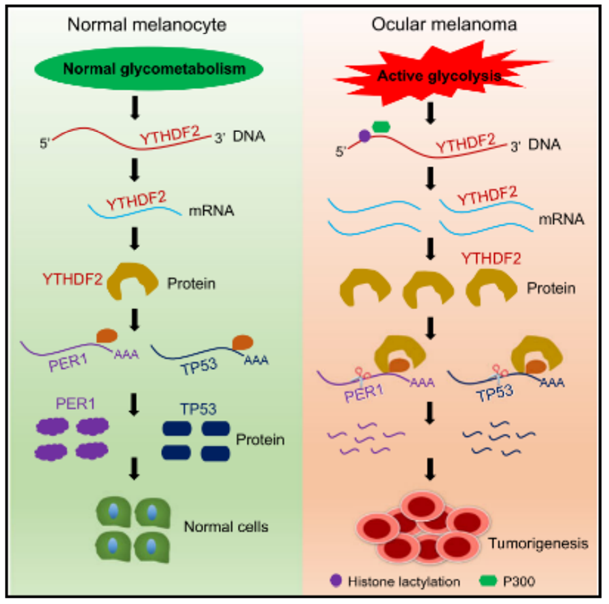
Di Zhang, et al., 2019, Metabolic regulation of gene expression by histone lactylation. Nature.
Interested in our services
Contact our experts to provide further information